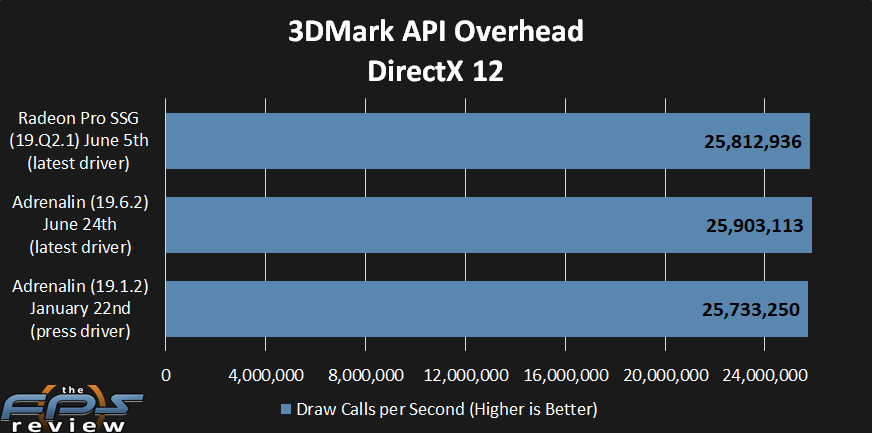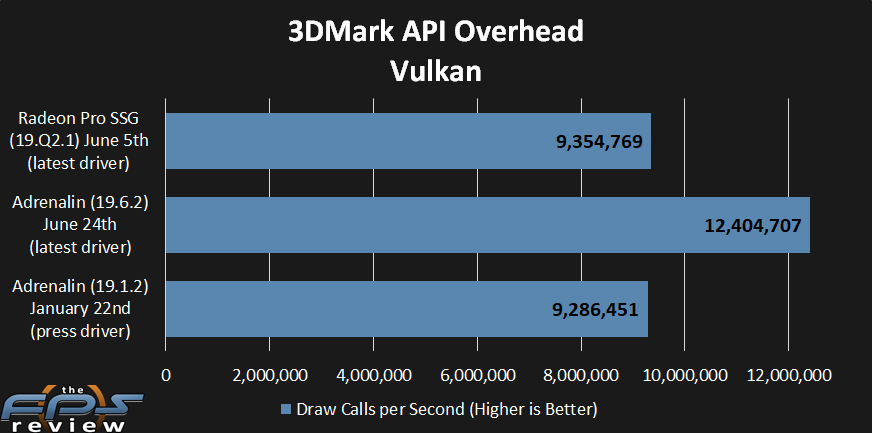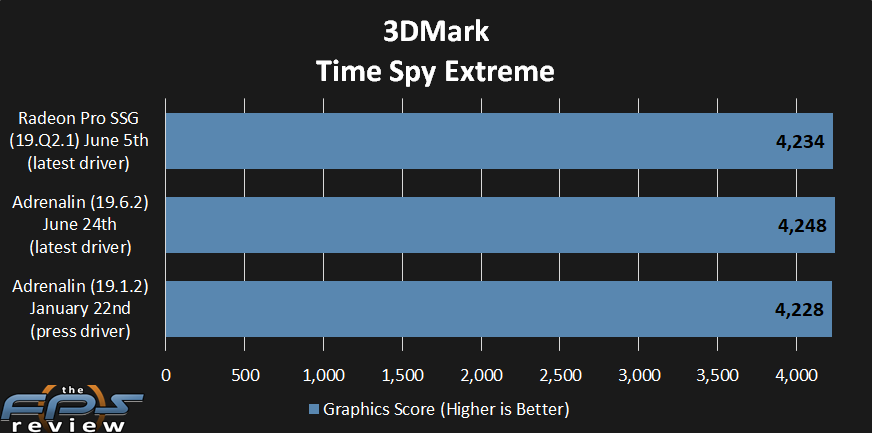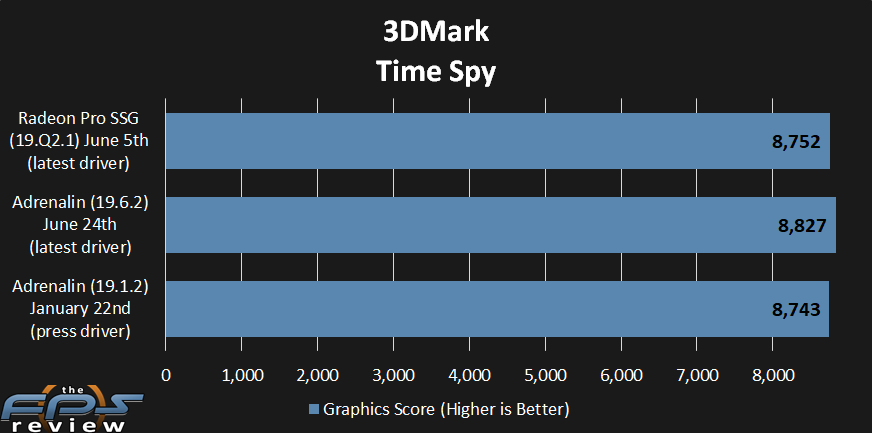Synthetic Benchmarks
As we indicated on the Introduction page, we are going to explore the performance of the AMD Radeon VII using synthetic benchmarks in this review. Do not equate this to gaming performance, we realize this does not tell us one iota about gaming performance. Take these synthetic benchmarks for what they are worth. If one or all of these are not relevant to you, then have a nice day. If, however you do gain something from them, please enjoy.
One thing you can also do is to run some of these benchmarks on your own PC and see how it compares to the results we achieved. In this way these reviews are interactive and you can participate. Feel free to post your results in our forum thread to see how yours compares to ours.
3DMark
We are using the latest version of 3DMark as downloaded via STEAM. With 3DMark we are focused on the API level performance comparisons. Therefore, we will be using the API Overhead test as well as Timespy and Timespy Extreme.

First we will look at the DirectX 12 API overhead results above. The data shows draw calls per second and higher is better. We actually see a slight bump in performance from the press driver to the latest Adrenalin driver. It seems though that the Radeon Pro driver is not improving upon that, it’s between press driver and Adrenalin driver performance in terms of DX12 API draw calls.

In the graph above we are now looking at the Vulkan API draw calls per second. We see a huge improvement in the Vulkan API performance between the press driver and the latest Adrenalin drivers on the Radeon VII. However, the Radeon Pro driver does not share that performance level in Vulkan, it’s only slightly higher than the press driver. The reason for this is simple, as we noted on the test setup page the Adrenalin drivers that are out right now have a higher and more recent Vulkan driver version and Vulkan API version. This leads to huge improvements in Vulkan performance with the latest Adrenalin drivers.

In the graph above we are looking at Time Spy Extreme and reporting only the Graphics Score, not the entire score, just graphics so graphics are isolated. We don’t really see any major differences in this test, technically the latest Adrenalin is a little faster, but these are small differences.

In this graph above we are looking at regular Time Spy. We see a slightly larger difference here, with the latest Adrenalin drivers showing the highest performance in this benchmark. There seems to be a slight improvement versus the press driver. Remember that these tests are more oriented toward gaming, than the other compute benchmarks we are about to get into.
